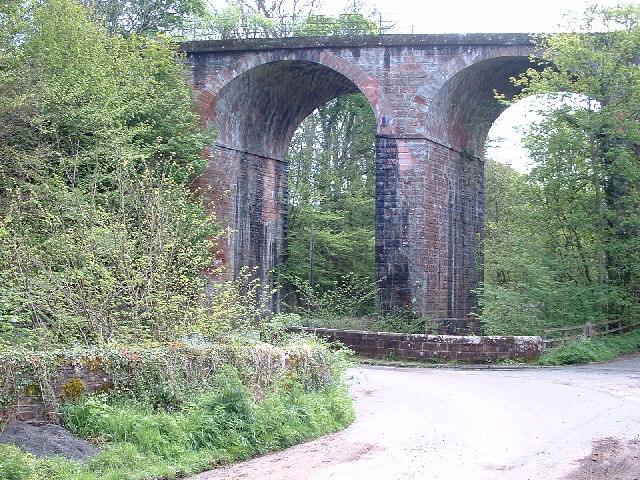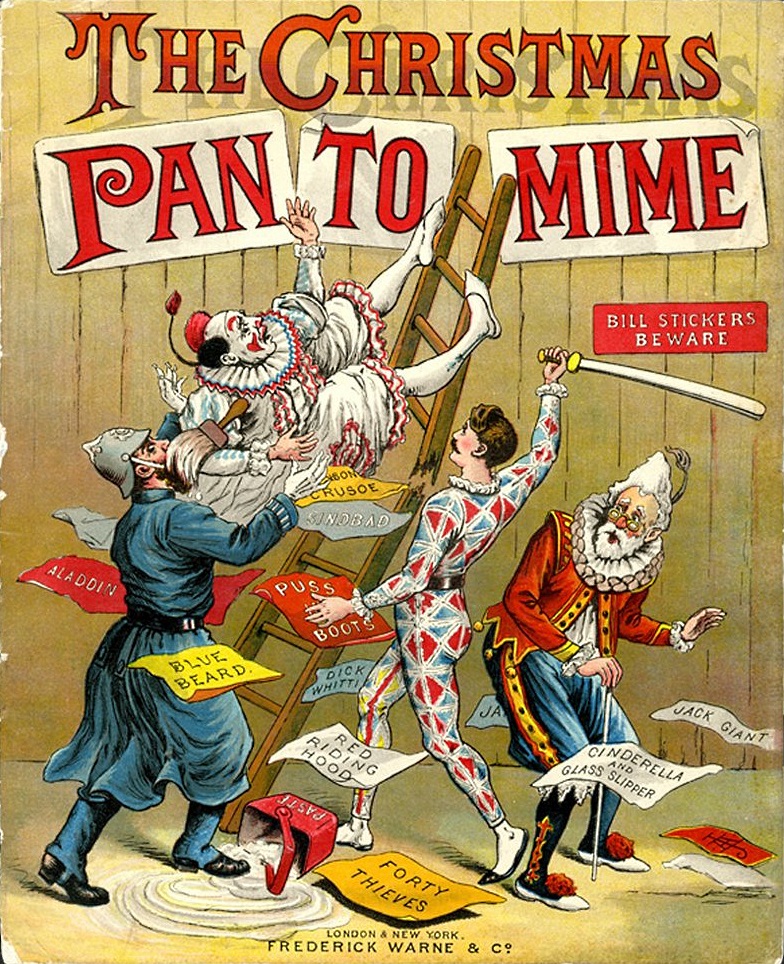|
Hayton, Carlisle
Hayton is a small village and civil parish in Cumbria, England, roughly east of Carlisle, Cumbria, Carlisle, and from the England/Scotland border. The population of the parish taken at the United Kingdom Census 2011, 2011 census was 2,222. The place name Hayton means hay farm and refers to the former farming in the area. There is a separate settlement named ''Hayton, Hayton and Mealo, Hayton'' within Cumbria near Aspatria. St. Mary Magdalene Church was built in 1780. In the church are a number of memorials to the Graham family of Edmond Castle. Edmond Castle, a mile from the village, is thought to date from earlier than the 17th century. The nearby Toppin Castle farmhouse is a nineteenth-century imitation tower house. Places of interest *Edmond Castle *Hayton Church of England primary school *WI Hall, biannual Christmas pantomime *St Mary Magdelene Church, the parish church *Walnut Field, named after a walnut tree, the venue of the Bonfire Night celebrations *The Stone Inn (p ... [...More Info...] [...Related Items...] OR: [Wikipedia] [Google] [Baidu] |
Cumberland (unitary Authority)
Cumberland is a Unitary authorities of England, unitary authority area in Cumbria, England, and a non-metropolitan county and Districts of England, district. It borders Scotland, Northumberland, Westmorland and Furness, and the Irish Sea. Part of the area is in the Lake District National Park and notable landmarks include Carlisle Cathedral, Carlisle Castle and Hadrian's Wall. In comparison to the Cumberland, historic county of Cumberland that existed before 1974, the district covers 77% of its area (excluding Penrith, Cumbria, Penrith area) and 90% of its population. When created, in April 2023, it took over the northern and western part of the 1974–2023 Cumbria non-metropolitan county's administration and the corresponding former Allerdale, City of Carlisle, Carlisle and Borough of Copeland, Copeland districts, while the new Westmorland and Furness unitary authority took over the remainder. History Elections to Cumbria County Council were due to take place in May 2021 but ... [...More Info...] [...Related Items...] OR: [Wikipedia] [Google] [Baidu] |
Walnut
A walnut is the edible seed of any tree of the genus '' Juglans'' (family Juglandaceae), particularly the Persian or English walnut, '' Juglans regia''. They are accessory fruit because the outer covering of the fruit is technically an involucre and thus not morphologically part of the carpel; this means it cannot be a drupe but is instead a drupe-like nut. After full ripening, the shell is discarded, and the kernel is eaten. Nuts of the eastern black walnut ('' Juglans nigra'') and butternuts ('' Juglans cinerea'') are less commonly consumed. Description Walnuts are the round, single-seed stone fruits of the walnut tree. They ripen between September and November in the northern hemisphere. The brown, wrinkly walnut shell is enclosed in a husk. Shells of walnuts available in commerce usually have two segments (but three or four-segment shells can also form). During the bumming process, the husk becomes brittle and the shell hard. The shell encloses the kernel or meat ... [...More Info...] [...Related Items...] OR: [Wikipedia] [Google] [Baidu] |
Villages In Cumbria
A village is a human settlement or community, larger than a hamlet but smaller than a town with a population typically ranging from a few hundred to a few thousand. Although villages are often located in rural areas, the term urban village is also applied to certain urban neighborhoods. Villages are normally permanent, with fixed dwellings; however, transient villages can occur. Further, the dwellings of a village are fairly close to one another, not scattered broadly over the landscape, as a dispersed settlement. In the past, villages were a usual form of community for societies that practice subsistence agriculture and also for some non-agricultural societies. In Great Britain, a hamlet earned the right to be called a village when it built a church.-4; we might wonder whether there's a point at which it's appropriate to talk of the beginnings of French, that is, when it wa ... ''village'', from Latin ''villāticus'', ultimately from Latin ''villa'' (English ''vi ... [...More Info...] [...Related Items...] OR: [Wikipedia] [Google] [Baidu] |
Hayton, Carlisle
Hayton is a small village and civil parish in Cumbria, England, roughly east of Carlisle, Cumbria, Carlisle, and from the England/Scotland border. The population of the parish taken at the United Kingdom Census 2011, 2011 census was 2,222. The place name Hayton means hay farm and refers to the former farming in the area. There is a separate settlement named ''Hayton, Hayton and Mealo, Hayton'' within Cumbria near Aspatria. St. Mary Magdalene Church was built in 1780. In the church are a number of memorials to the Graham family of Edmond Castle. Edmond Castle, a mile from the village, is thought to date from earlier than the 17th century. The nearby Toppin Castle farmhouse is a nineteenth-century imitation tower house. Places of interest *Edmond Castle *Hayton Church of England primary school *WI Hall, biannual Christmas pantomime *St Mary Magdelene Church, the parish church *Walnut Field, named after a walnut tree, the venue of the Bonfire Night celebrations *The Stone Inn (p ... [...More Info...] [...Related Items...] OR: [Wikipedia] [Google] [Baidu] |
Solway Plain
The Solway Plain or Solway Basin is a coastal plain located mostly in northwest Cumbria in England, extending just over the Scottish border to the low-lying area around Gretna and Annan. It lies generally north and west of Carlisle along the Solway Firth, and is drained by the rivers Esk and Lyne. It is associated with the westernmost part of Hadrian's Wall. In medieval times, clay houses known as ''dabbins'' were commonly built on the Solway Plain. The Solway coast has been designated an “Area of Outstanding Natural Beauty”. The plain is known for its archaeological heritage. Archaeological finds that are mentioned in Hodgson and Brennand include urned cremation cemeteries at Ewanrigg, evidence suggesting an ancient domestic settlement at Plasketlands, and evidence suggesting pre-Roman occupation at Ewanrigg, Wolsty Hall and Boustead Hill (among other sites). Salta Moss, where a Bronze Age rapier was discovered, boasts flora that is unusual for a mire on the Solway Pla ... [...More Info...] [...Related Items...] OR: [Wikipedia] [Google] [Baidu] |
King Water
King Water is a river in the north of Cumbria, England. The Brampton Angling Association has a long term let from the Earl of Carlisle for fishing rights on a portion of the River Irthing and part of the King Water. Hadrian's Wall Hadrian's Wall (, also known as the ''Roman Wall'', Picts' Wall, or ''Vallum Aelium'' in Latin) is a former defensive fortification of the Roman province of Roman Britain, Britannia, begun in AD 122 in the reign of the Emperor Hadrian. Ru ... crossed the King Water to the east of the village of Walton References Rivers of Cumbria 2King {{England-river-stub ... [...More Info...] [...Related Items...] OR: [Wikipedia] [Google] [Baidu] |
Listed Buildings In Hayton, Carlisle
Hayton is a civil parish in the Cumberland district of Cumbria, England. It contains 33 listed buildings that are recorded in the National Heritage List for England The National Heritage List for England (NHLE) is England's official database of protected heritage assets. It includes details of all English listed buildings, scheduled monuments, register of historic parks and gardens, protected shipwrecks, .... Of these, two are listed at Grade II*, the middle of the three grades, and the others are at Grade II, the lowest grade. The parish contains the villages of Hayton and Talkin, and the smaller settlements of Heads Nook, Corby Hill, Faugh, Fenton, and Greenwell, and is otherwise rural. The listed buildings include houses and associated structures, farmhouses, farm buildings, churches and associated structures, bridges, milestones, public houses, a war memorial, and a school. __NOTOC__ Key Buildings References Citations Sources * * * * * * * ... [...More Info...] [...Related Items...] OR: [Wikipedia] [Google] [Baidu] |
Wards And Electoral Divisions Of The United Kingdom
The wards and electoral divisions in the United Kingdom are electoral districts at sub-national level, represented by one or more councillors. The ''ward (subnational entity), ward'' is the primary unit of English electoral geography for civil parishes and borough and district councils, the ''electoral ward'' is the unit used by Welsh principal councils, while the ''electoral division'' is the unit used by English county councils and some unitary authority, unitary authorities. Each ward/division has an average electorate of about 5,500 people, but ward population counts can vary substantially. As of 2021 there are 8,694 electoral wards/divisions in the UK. An average area of wards or electoral divisions in the United Kingdom is . England The London boroughs, metropolitan boroughs and non-metropolitan districts (including most unitary authority, unitary authorities) are divided into wards for local elections. However, county council elections (as well as those for several unitary ... [...More Info...] [...Related Items...] OR: [Wikipedia] [Google] [Baidu] |
John Ross (1829–1905)
General Sir John Ross (18 March 1829 – 5 January 1905) was a soldier of the British Army and the Bengal Army who fought in the Crimean War and the Indian Mutiny and later commanded British forces in Canada. Military career Born at Stone House, Hayton, Carlisle, the son of Field Marshal Sir Hew Dalrymple Ross (1779–1868) by his marriage to Elizabeth Graham, a daughter of Richard Graham, Ross was commissioned as a Second Lieutenant into the Rifle Brigade in 1846. Between 1854 and 1855 he saw active service in the Crimean War, fighting at the battles of Alma, Inkermann, and Sebastopol. In 1856 he was promoted Major and went out to India. Between 1857 and 1858 in the Indian Mutiny he was at Cawnpore and Lucknow, and in 1863–64 he fought in the North West Frontier Campaign. Promoted Brigadier-General in the Bengal Army in 1874, Ross commanded the Perak Expedition of 1875–1876. In 1878 he was in Malta, then served with the Second Division Calne Field Force from 1878 to 1879. ... [...More Info...] [...Related Items...] OR: [Wikipedia] [Google] [Baidu] |
Hew Dalrymple Ross
Field Marshal Sir Hew Dalrymple Ross, (5 July 177910 December 1868) was a British Army officer. After seeing active service during the Irish Rebellion of 1798, he fought as a troop commander in many of the battles of the Peninsular War and the Hundred Days. He went on to become the Artillery Commander, Northern District with delegated command over all the forces of the four northern counties before being promoted to Deputy Adjutant-General, Royal Artillery. Ross was the last person to hold the title of Lieutenant-General of the Ordnance, assuming responsibility for the artillery component sent to take part in the Crimean War under Lord Raglan. After the war he served as Master Gunner, St James's Park, a senior ceremonial post in the Royal Artillery. Military career Born the son of Major John Ross and Jane Ross (née Buchan), Ross was educated at the Royal Military Academy, Woolwich and commissioned as a second lieutenant in the Royal Artillery on 6 March 1795. Promoted to lieu ... [...More Info...] [...Related Items...] OR: [Wikipedia] [Google] [Baidu] |
Pantomime
Pantomime (; informally panto) is a type of musical comedy stage production designed for family entertainment, generally combining gender-crossing actors and topical humour with a story more or less based on a well-known fairy tale, fable or folk tale.Reid-Walsh, Jacqueline. "Pantomime", ''The Oxford Encyclopedia of Children's Literature'', Jack Zipes (ed.), Oxford University Press (2006), Pantomime is a participatory form of theatre developed in England in the 18th century, in which the audience is encouraged and expected to sing along with certain parts of the music and shout out phrases to the performers. The origins of pantomime reach back to ancient Greek classical theatre. It developed partly from the 16th century commedia dell'arte tradition of Italy and partly from other European and British stage traditions, such as 17th-century masques and music hall. An important part of the pantomime, until the late 19th century, was the harlequinade. Modern pantomime is perfor ... [...More Info...] [...Related Items...] OR: [Wikipedia] [Google] [Baidu] |




